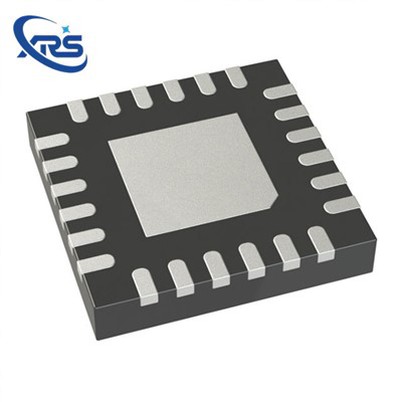Hall Current Sensor
A Hall current sensor is part of a magnetic sensor device that uses the Hall effect to accurately measure the current in a wire. They are essential for monitoring industrial power usage, providing accurate non-contact measurements with excellent accuracy and isolation.
Description
Hall current sensors use magnets to measure electricity. Measures the magnitude of the current indirectly without touching the Hall voltage. There are two types: open-loop and closed-loop, and they are known for their high frequency, quick response, strong capacitance, and good insulation.
Its biggest advantage is that it can convert various signals, making it ideal for measuring complex electrical things. Used for computer monitoring, UPS, solar power, and grid monitoring.
Application:
The Hall current sensor chip measures electricity using special materials and magnets. Even though there are many types of these chips, they all work similarly. They calculate electricity flow by using Hall voltage and a specific curve. These chips are used in factories and new energy tech.
For instance, in electric cars, these chips are crucial in managing power. When installed, they help keep an eye on how much power is going in and out of the car's battery. This keeps each battery safe and ensures they last a long time.
HOT SALE PART NUMBER:
- BMM150: From Bosch Sensortec with a Hall effect for a ±1.3mT (X, Y) and ±2.5mT (Z) sensing range. Compact in 12-UFBGA/WLCSP packaging, it works at 1.62V to 3.6V, offering I²C and SPI outputs.

BMM150
- DRV5055A4QDBZR: A Texas Instruments IC, provides temperature-compensated Hall effect measurements from -40°C to 125°C, single-axis operation, and analog voltage output in SOT-23-3 packaging.

DRV5055A4QDBZR
- TMAG5110B2AQDBVRQ1: Also from TI, offers Hall effect measurements (-40°C ~ 125°C) and analog voltage output in a SOT-23-6 package, supporting voltage range of 2.5V to 5.5V.

TMAG5110B2AQDBVRQ1
- TMAG5170A1QDGKR: Covering a ±25mT to ±100mT magnetic range, featuring polarity sensitivity, voltage supply from 2.3V to 5.5V, digital output, and temperature-compensated Hall effect in an 8-VSSOP package.

TMAG5170A1QDGKR
- Now, let's go back to TMAG5273A2QDBVR. This sensor relies on I²C output and low power consumption, making it versatile for a variety of applications. At the same time, it also supports X-, Y-, and Z-axis sensing with an excellent range of ±133mT to ±266mT.

TMAG5273A2QDBVR
Our advantage:
Product & Inventory Quantity: Our company has many kinds of products, and we also have a lot of on-stock inventory. Besides, we cooperate with many well-known brands like TI, NXP, etc.

Secure Transactions: We use secure platforms like HK INVENTORY for safe transactions. After a platform check, we ship products to clients. Refunds or exchanges for quality issues are handled safely through the platform.

Global transportation assistance: Cooperating with multiple well-known logistics companies to ensure intact packaging and effective delivery worldwide.

FAQ
Q1: What makes a Hall sensor different from a magnetic sensor?
Q2: What signal does a Hall sensor generate?
Q3: Is a Hall sensor considered an inductive sensor?
Q4: Are XRS products genuine? Are they directly imported?
Q5: How to order hall current sensor from HK XRS TECHNOLOGY LIMITED?
Q6: How can I pay for electronic components from XRS?
Hot Tags: hall current sensor, China hall current sensor suppliers, distributor, faucet, integrated circuit, electrical hardware, socket, gaming console ic, ic exporter
Send Inquiry
You Might Also Like













